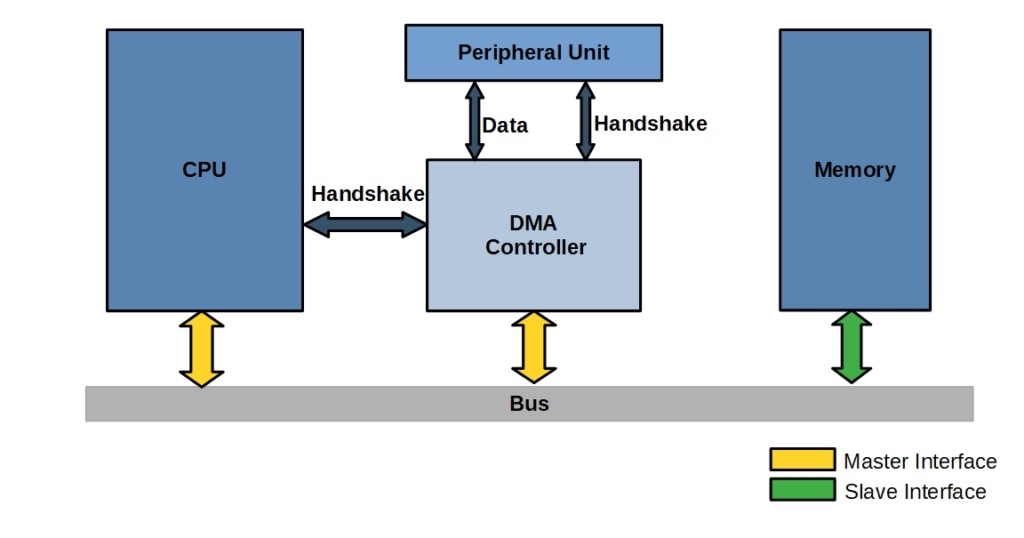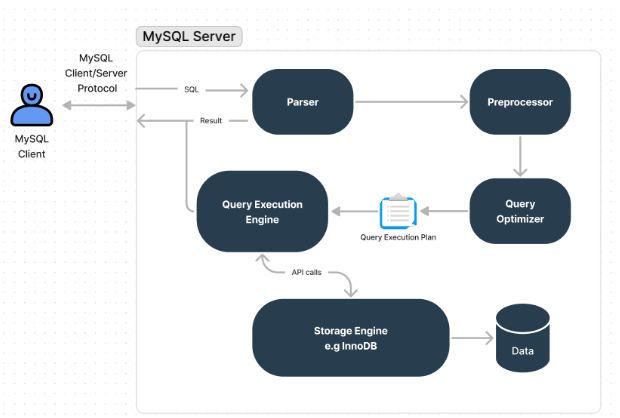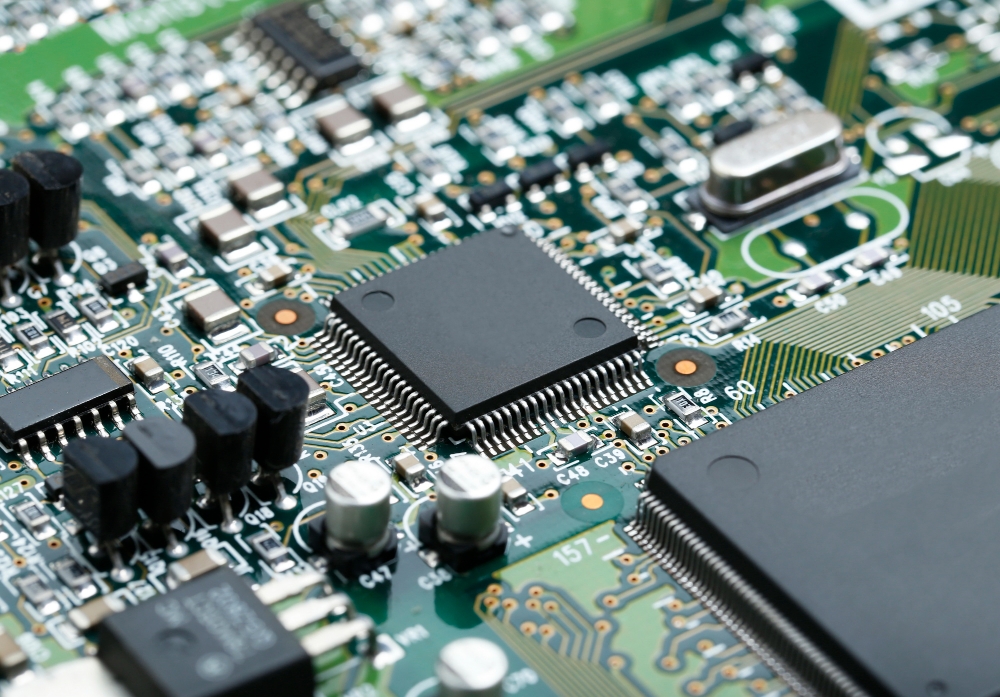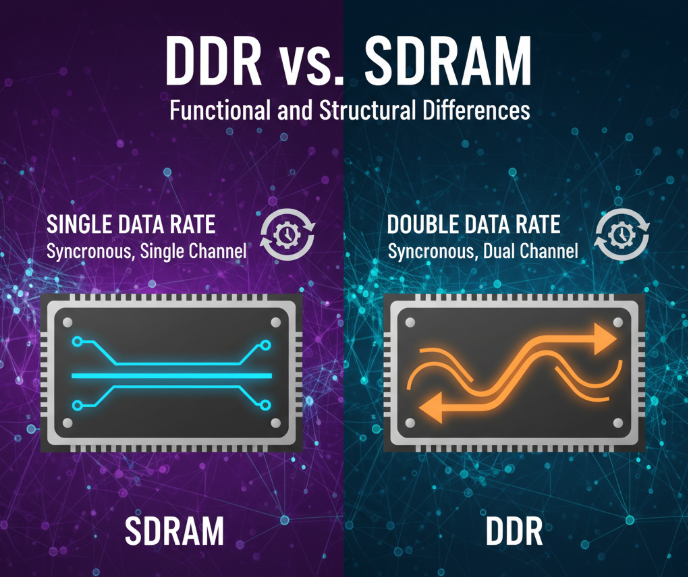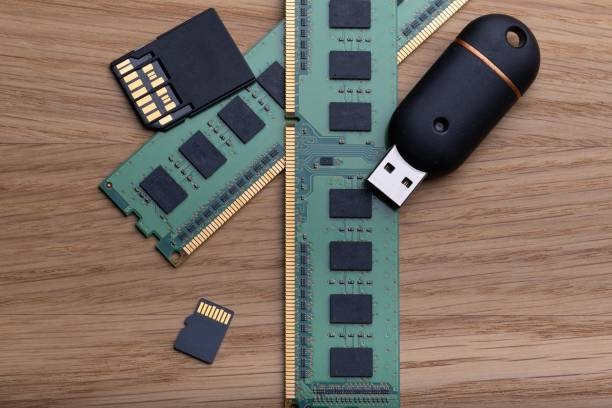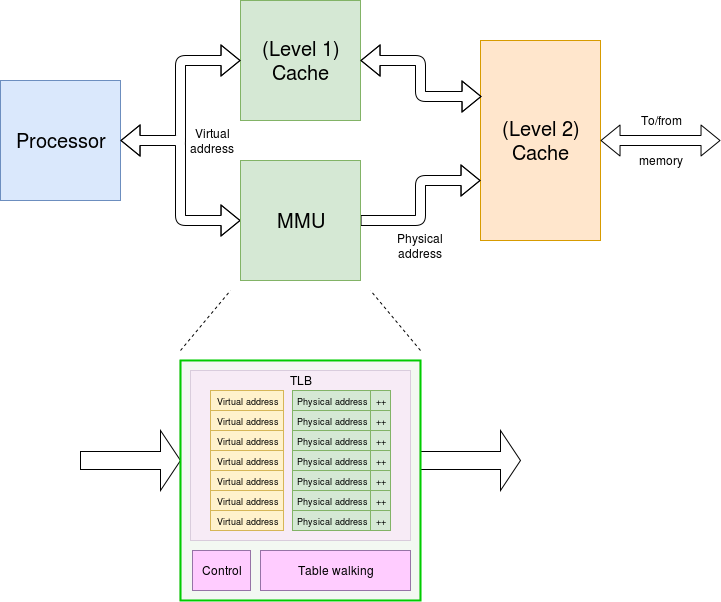Ferroelectric Random Access Memory (FRAM) is a type of semiconductor memory device, alongside other storage technologies like DRAM and flash memory. FRAM uses ferroelectric materials to store data, offering unique characteristics that distinguish it from traditional memory types.
Four Key FRAM Characteristics
FRAM has four standout features: non-volatility, high read/write endurance, fast write speeds, and low power consumption. These attributes make FRAM suitable for applications requiring frequent data collection and reliable data retention.
Comparison with Other Memory Types
FRAM outperforms non-volatile memories like EEPROM and flash in terms of guaranteed write cycles and write cycle time. Unlike SRAM, which requires a backup battery to retain data, FRAM¡¯s non-volatile nature eliminates this need, providing a significant advantage over traditional memory technologies.
High Read/Write Endurance
FRAM¡¯s high read/write endurance allows it to handle frequent data operations. It supports up to 10 trillion write cycles, compared to EEPROM¡¯s typical 1 million cycles or up to 4 million in newer models. This endurance enables FRAM to rewrite data every 0.03 milliseconds for 10 years, offering near-infinite durability under normal use. As a result, FRAM enables high-frequency, precise data collection, revealing detailed data patterns that may be missed with other memory types.
Fast Write Speeds
FRAM completes write operations in as little as 150 nanoseconds, significantly faster than EEPROM¡¯s 5 milliseconds, which requires a time-consuming erase operation before writing. FRAM¡¯s direct overwrite capability makes it over 33,000 times faster. This speed ensures reliable data writes, even during sudden power loss. Testing with over 100 write operations showed FRAM had no errors, while EEPROM failed once every three tests, confirming FRAM¡¯s reliability in power-loss scenarios.
Low Power Consumption
FRAM reduces power consumption by up to 92% during write operations due to its short write times. In applications with frequent data logging, this efficiency lowers overall power usage. As a non-volatile memory, FRAM eliminates the need for data retention current or backup batteries required by SRAM, further reducing power requirements.
 ALLPCB
ALLPCB


